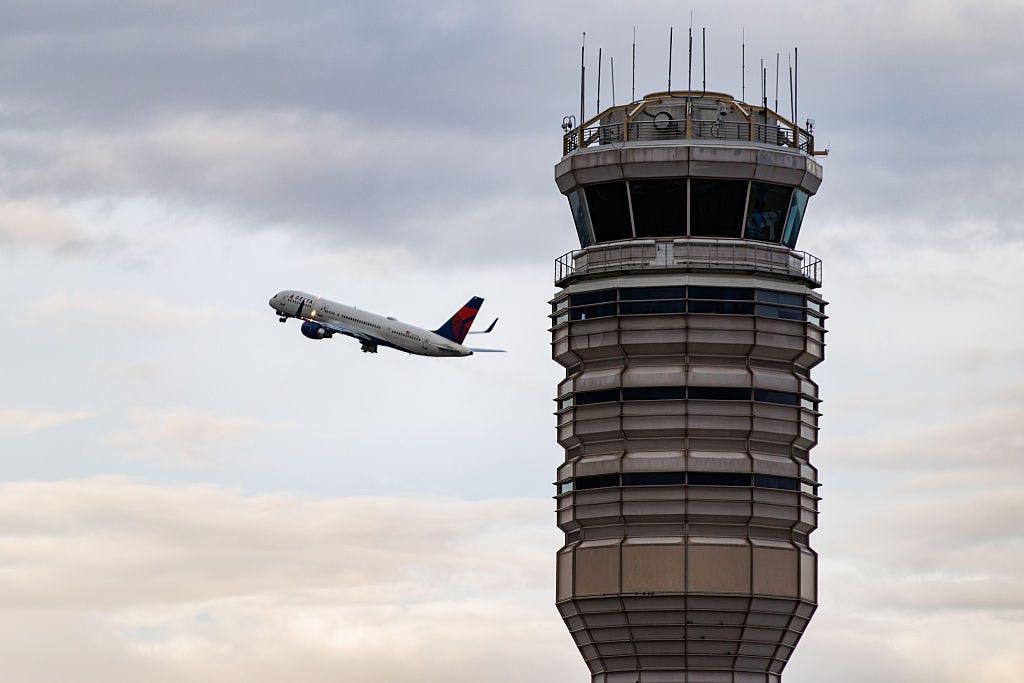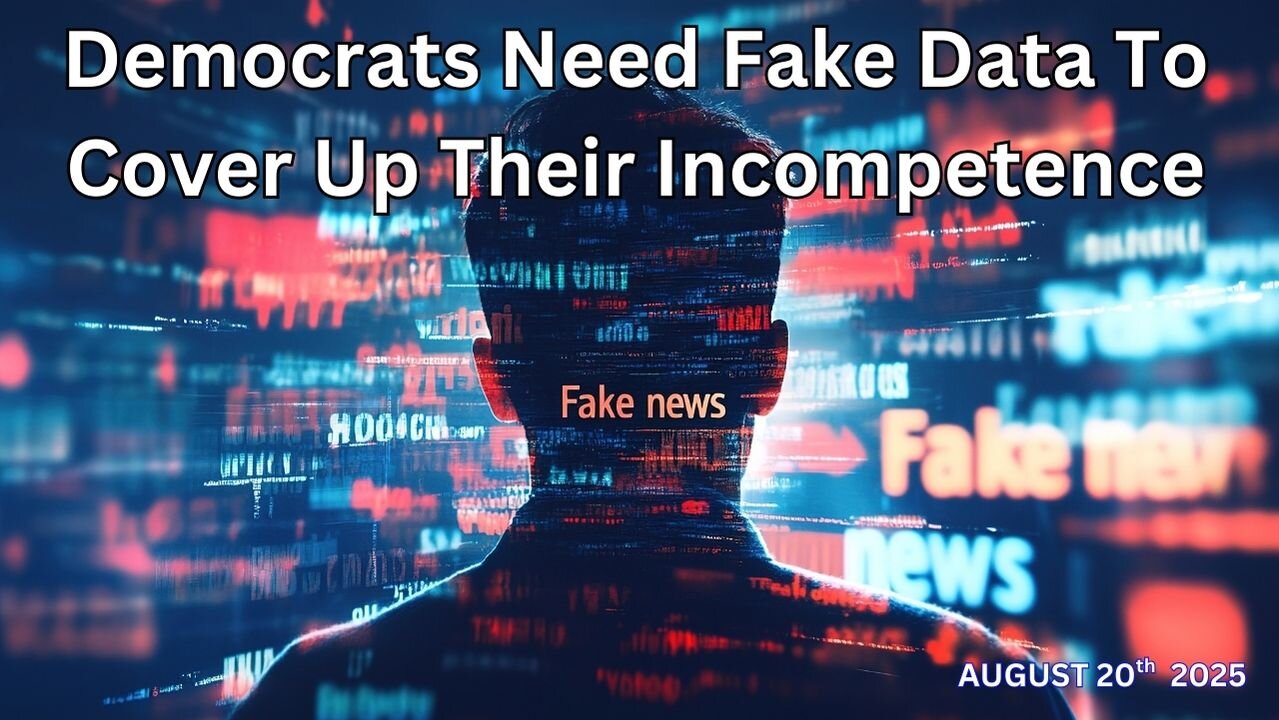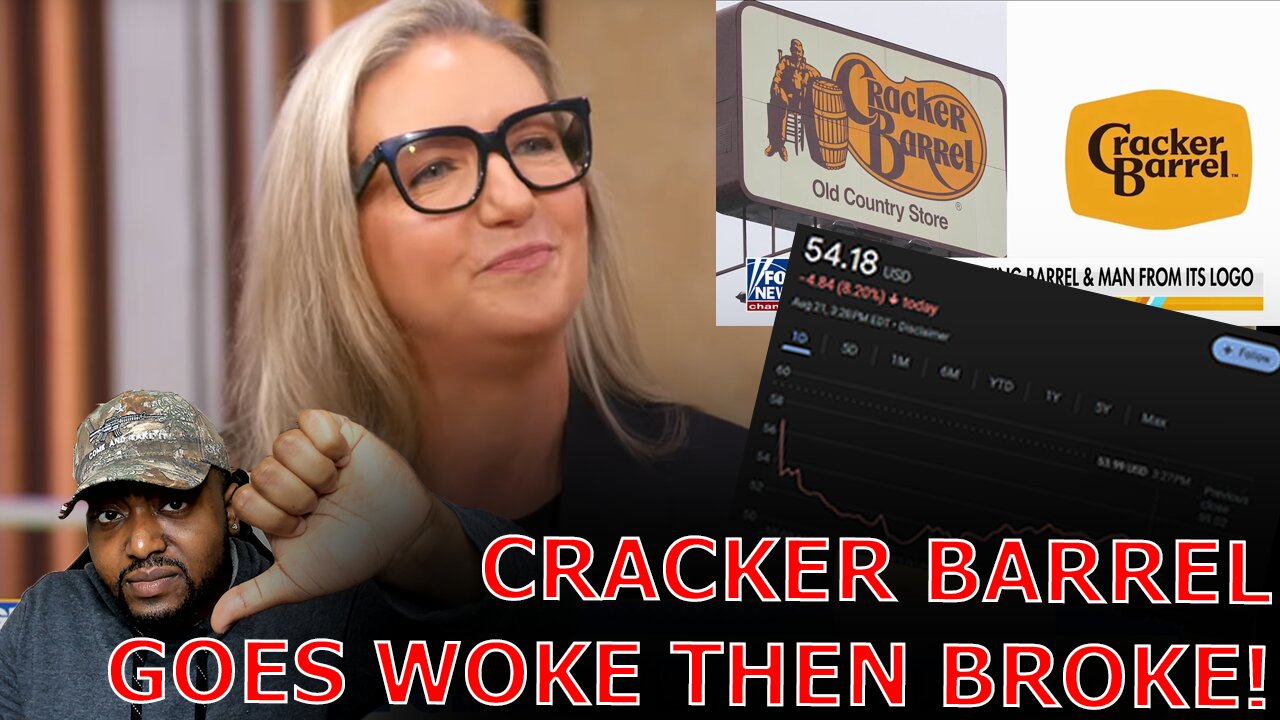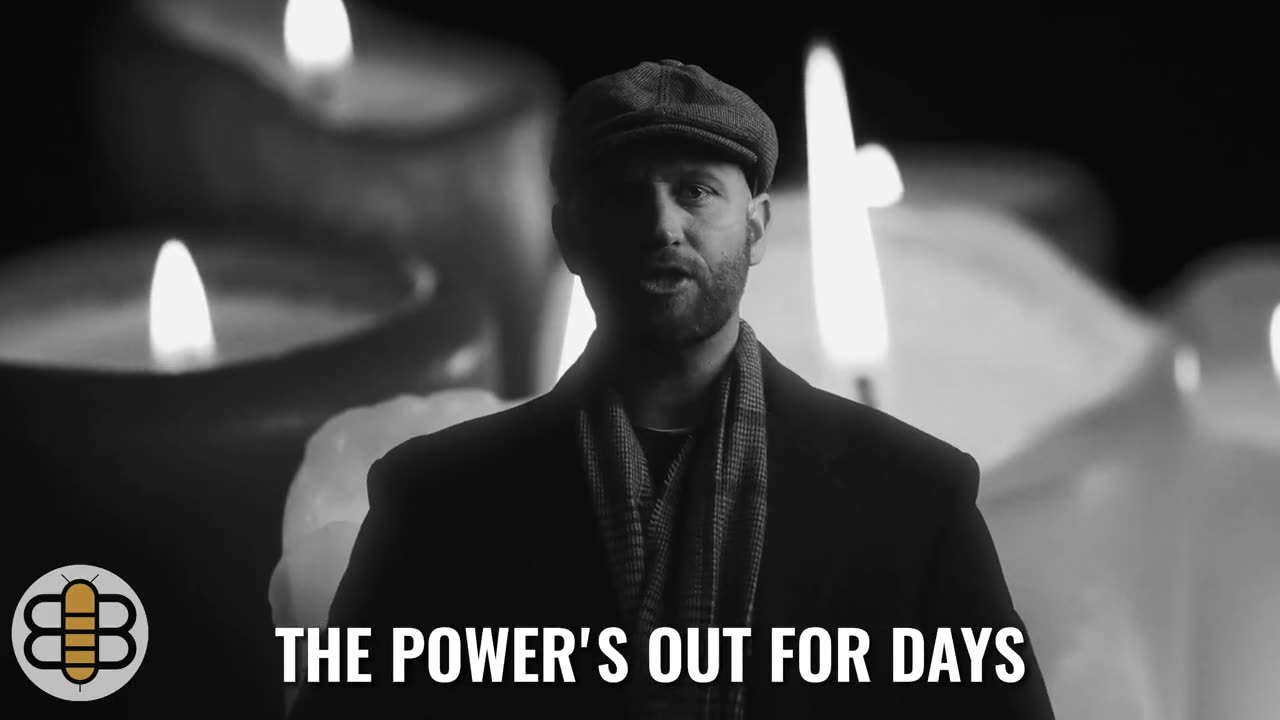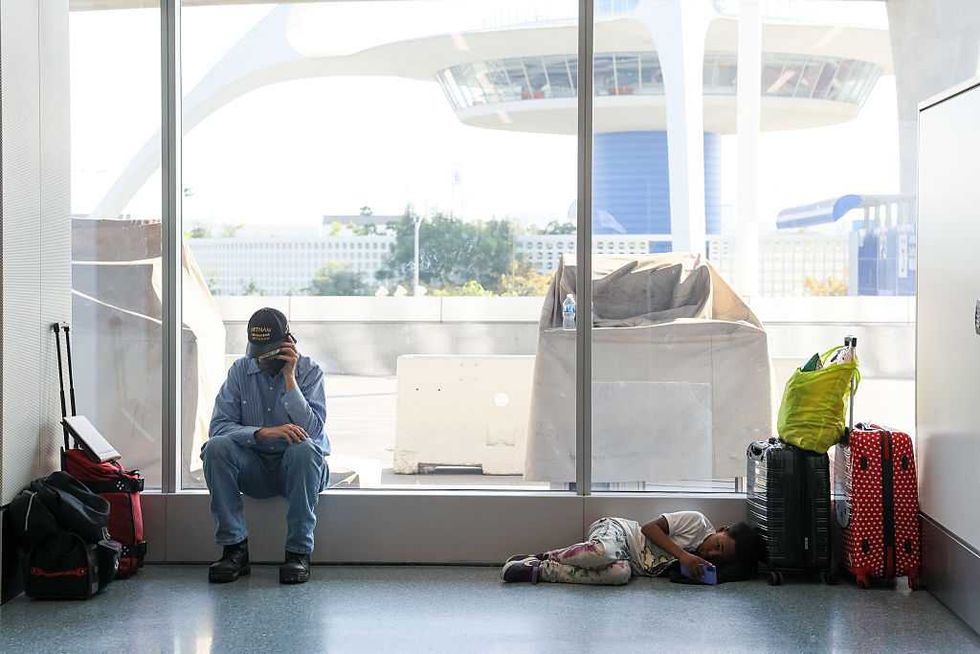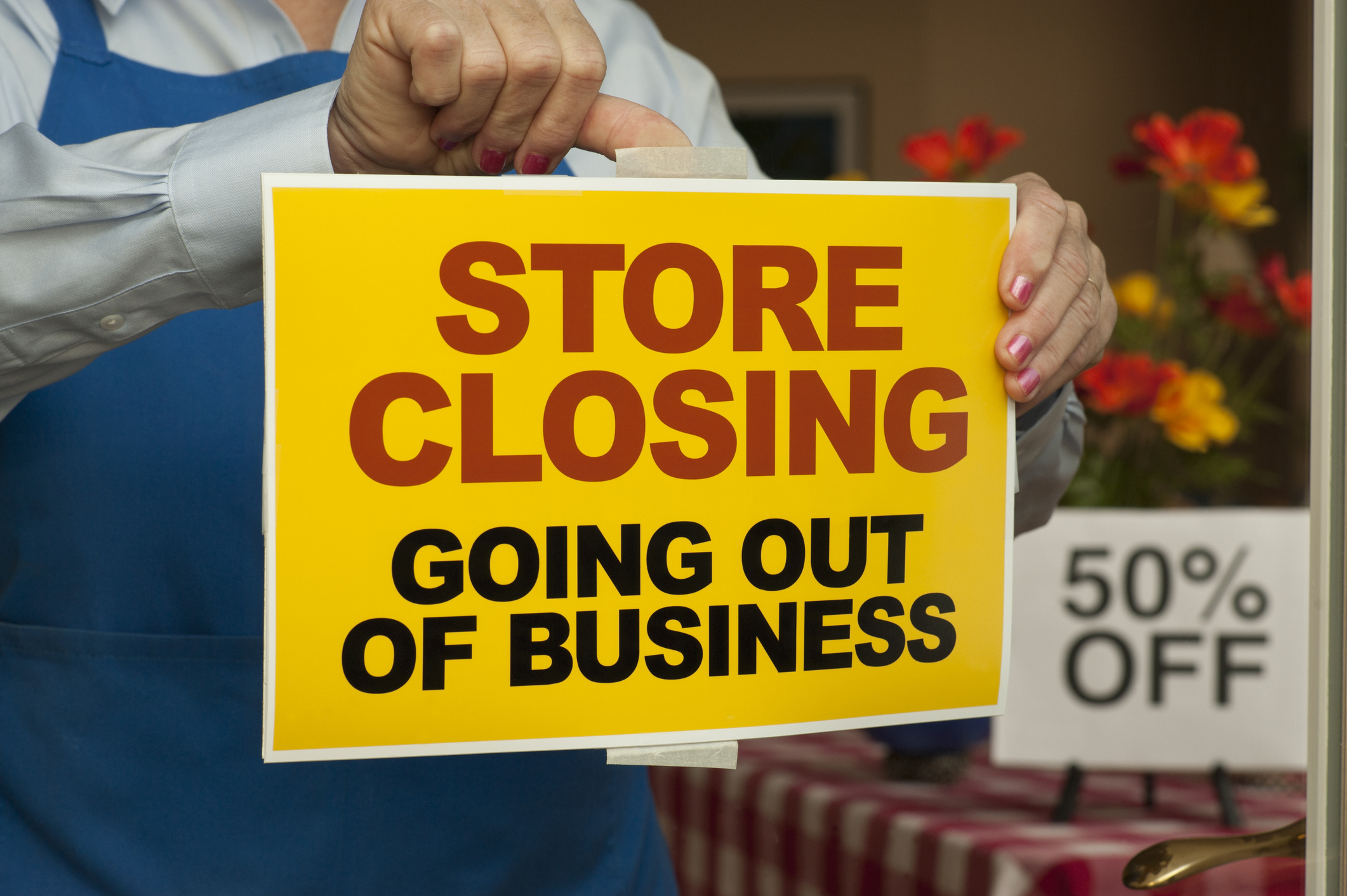The Abortion Landscape Is Changing. So Is The Pro-Life Response.
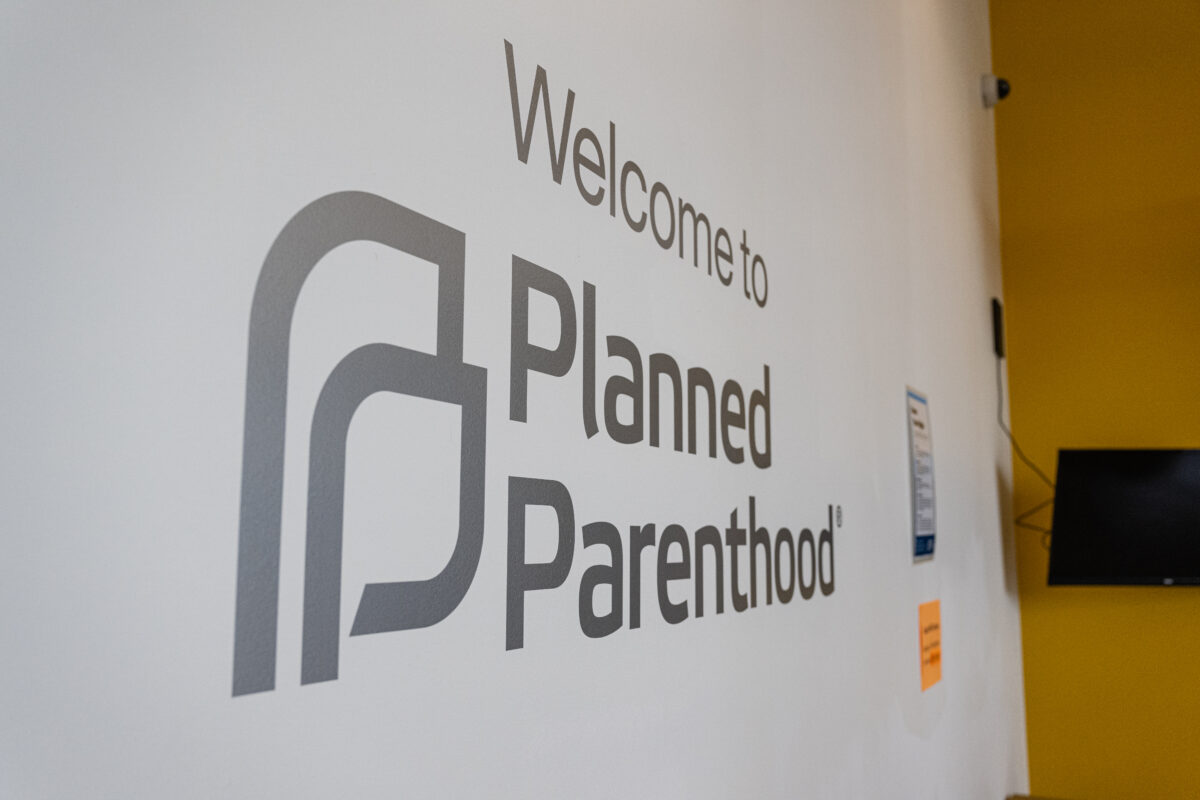
At first glance, it may look like abortion access in America is shrinking.
Since 2020, dozens of brick-and-mortar abortion facilities have closed. It might be easy to assume this means fewer abortions are happening. But the numbers tell a different — and more urgent — story.
According to research from the University of California’s Advancing New Standards in Reproductive Health, there were 758 brick-and-mortar abortion facilities in the United States in 2020. By 2023, that number had dropped slightly to 741.
But what’s been largely overlooked is this: 226 new virtual abortion “clinics” opened during that same period. The net result? There are now more access points for abortion in America than at any time in the past decade — 967 in total.
This dramatic shift is having real consequences. The Guttmacher Institute, which supports abortion access, estimates there were over 1 million abortions in 2023 — up from 930,160 in 2020. Telemedicine abortions now account for roughly 20% of all abortions nationwide, and organizations like Aid Access and Plan C offer mail-order abortion pills with little to no medical oversight or regulation.
This is not just a policy debate — it’s a public health crisis in the making.
Over the past several years, the Food and Drug Administration has steadily loosened the Risk Evaluation and Mitigation Strategy (REMS) requirements for mifepristone, one of the drugs used in chemical abortions. What used to require in-person dispensing and medical supervision now often happens without an ultrasound, without lab work, and without an in-person medical visit.
In the world of mail-order abortions, many women never see a doctor before, during, or after the abortion.
This systematic removal of actual healthcare from the abortion process has consequences. Women may be further along in pregnancy than they realize — something only an ultrasound can confirm. They may have undiagnosed ectopic pregnancies or other medical complications that can be fatal if the abortion pill is taken. They may hemorrhage, suffer infection, or be left alone in a moment of real crisis with no medical professional to perform emergency care.
No legitimate area of medicine is allowed to operate this way. If a woman miscarried at home, she would be told to seek prompt medical care. But in the case of abortion, the prevailing approach is increasingly to mail a few pills and send a woman on her way — with no verification that she’s even a candidate for the drug, and no one to follow up with her if something goes wrong.
Meanwhile, the abortion industry continues to innovate — not to offer better care, but to make abortions more accessible and less visible. Clinics in permissive states are multiplying. Pro-abortion organizations are funding interstate travel. Online abortion pill networks continue to grow, many of them operating outside the regulations of state or federal officials.
So what does this mean for those of us working to support women facing unexpected pregnancies?
It means we must meet women where they are — online, on their phones, in the quiet of their uncertainty.
Pregnancy help organizations, long known for offering compassionate care and real alternatives to abortion, are rising to the challenge. Many are adapting to this new landscape by offering virtual consultations, telehealth services, and chat-based support through national hotlines. In fact, over the past year alone, the number of pregnancy help organizations offering telehealth has grown by 172%.
This isn’t just about keeping pace with change — it’s about ensuring that women know they still have real choices and about keeping them safe. While abortion providers invade digital spaces with minimal accountability, pregnancy help centers are doing the hard work of offering personalized care — often at no cost — along with life-affirming solutions like housing, medical services, and material support for mothers and babies.
The battleground has shifted. But so has the movement that exists to walk with women through one of the most vulnerable seasons of their lives.
We cannot afford to assume that a decrease in physical abortion facilities means the need for pregnancy help is any less urgent. If anything, the need is growing — because the silence and secrecy of the digital abortion era leave many women more isolated than ever before.
That’s why innovation and compassion must go hand in hand. In a world where abortion is a click away, the vital human connection offered by pregnancy help should be as well.
Andrea Trudden is vice president of communications at Heartbeat International.
The views expressed in this piece are those of the author and do not necessarily represent those of The Daily Wire.
Originally Published at Daily Wire, Daily Signal, or The Blaze
What's Your Reaction?
 Like
0
Like
0
 Dislike
0
Dislike
0
 Love
0
Love
0
 Funny
0
Funny
0
 Angry
0
Angry
0
 Sad
0
Sad
0
 Wow
0
Wow
0




